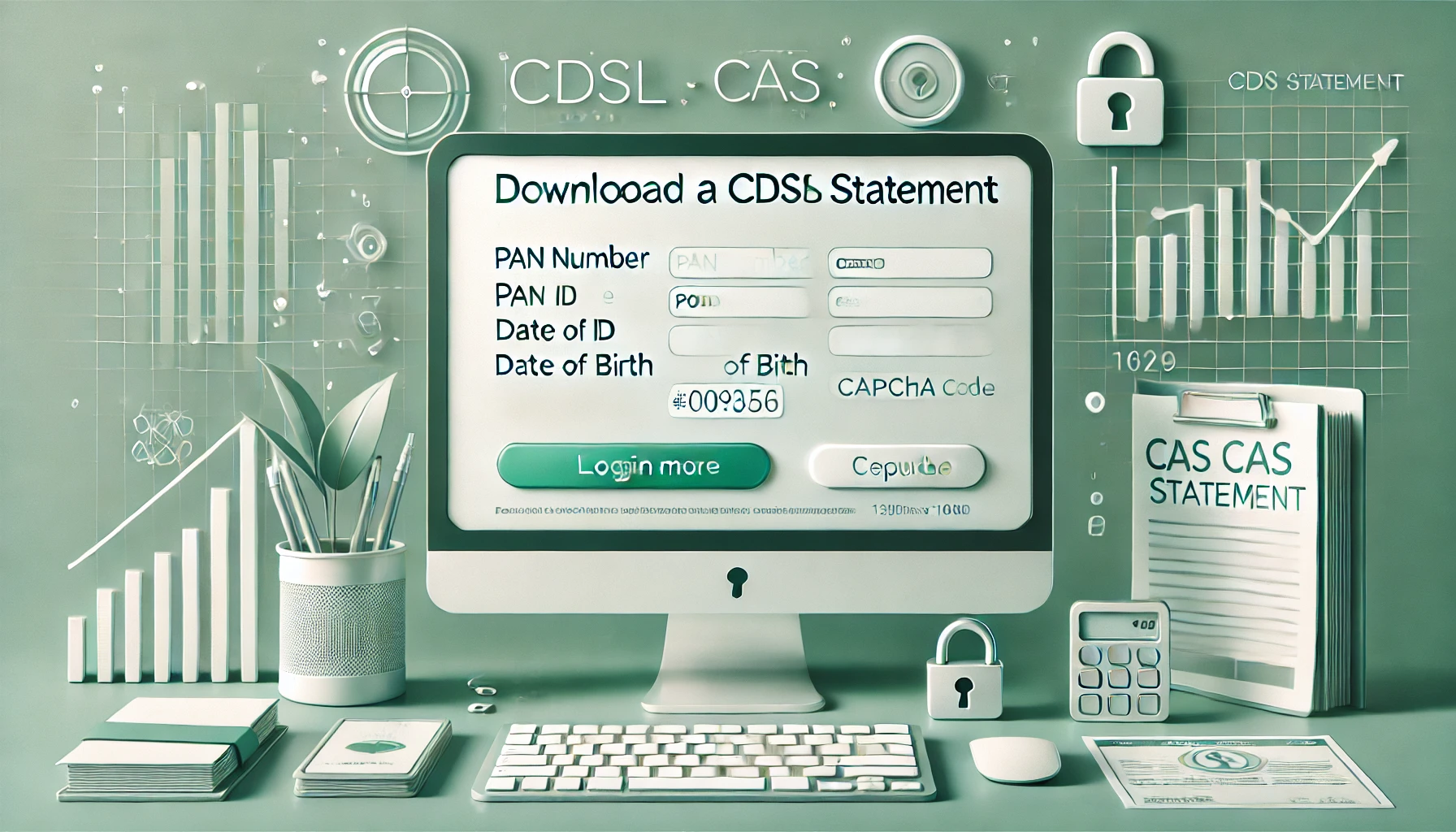Smartphone EMI Defaults: RBI’s Remote Lock Proposal Explained

By

In India, owning a premium smartphone is no longer about necessity but about aspiration. Devices costing ₹1 lakh or more are often purchased on easy EMIs, especially by younger consumers. While this trend has expanded access, it has also created a new problem - rising defaults on smartphone loans. To counter this, the Reserve Bank of India (RBI) is considering allowing lenders to remotely lock smartphones if EMIs are not paid. But does this really address the core issue, or does it create bigger risks?
Smartphones today cost as much as a high-end television or refrigerator just a few years ago. Premium models priced at ₹1 lakh or more are aggressively marketed, and for many buyers, the question is not about affordability but about the EMI.
Young professionals, students, and first-time job holders often stretch their finances to buy these aspirational devices. With EMIs available at the click of a button, many end up committing to loans that are well beyond their means. This trend has led to unnecessary debt accumulation and higher chances of defaults for banks and NBFCs.
Unlike homes or cars, smartphones are smaller assets and difficult for lenders to track or repossess. Rising default rates in this segment have made it challenging for banks to recover dues.
To tackle this, RBI has proposed a system where lenders can remotely lock smartphones in case of EMI defaults. The idea is to discourage willful defaults by making the device unusable until dues are cleared. Importantly, under current rules, such an action can only be taken with the explicit consent of the borrower.
The intention is clear - to give lenders a tool to reduce risk in unsecured retail lending. But the practical challenges remain significant.
While the RBI’s proposal addresses the symptom of rising defaults, it does not address the underlying cause - easy credit and aggressive consumer lending.
The real issue lies in over-lending and unchecked marketing of expensive consumer goods on credit.
A major concern with the remote lock proposal is data security. Granting banks or lenders the ability to access and disable a smartphone could also expose sensitive information stored on the device.
In effect, a solution designed to reduce financial risk could end up creating digital and personal safety concerns.
Rather than focusing only on punitive measures like remote locking, a broader shift in consumer credit practices is necessary.
Locking phones may provide short-term relief to lenders, but it does not address why people are buying gadgets they cannot afford in the first place.
The RBI’s proposal to allow lenders to remotely lock smartphones in case of EMI defaults may sound like a quick fix, but it comes with serious limitations. It raises significant privacy concerns, may be difficult to enforce, and fails to address the root cause - reckless consumer credit.
The real solution lies in promoting responsible lending, regulating aggressive EMI sales, and ensuring consumer protection in the digital age. In the end, it is more important to lock unhealthy credit habits than to lock the phone itself.
Disclaimer: This article is for informational purposes only and does not represent legal, financial, or regulatory advice. Please verify details from RBI’s official circulars before making financial decisions.

Learn how to easily download your NSDL CAS Statement in PDF format with our step-by-step guide. Follow our instructions to log in to NSDL e-Services, download your account statement, and subscribe for
Read Full
Explore what Specialised Investment Funds (SIFs) are, their benefits, taxation, minimum investment, how to invest, how they compare with mutual funds and PMS and latest developments in SIF space
Read Full
Learn How to Download Your CDSL CAS Statement with our step-by-step guide. Easy instructions for accessing your investment details online.
Read Full
Analyzing the potential economic impact of the 2025 India-Pakistan conflict on India's GDP growth, manufacturing sector, and foreign investment.
Read Full
Determine if your Demat Depositary (DP) is NSDL or CDSL easily. Follow our guide to check using broking platforms or Demat account number formats
Read Full
RBI cuts repo rate by 50 bps and CRR by 100 bps in June 2025 to boost growth. Learn how it impacts inflation, borrowing, sectors, and market trends.
Read Full
Looking for the best financial freedom books? Here’s a handpicked 2025 reading list with summaries, why to read, and who it's best for.
Read Full
Discover key facts about Ola Electric IPO launching in 2024. Simple guide covering business, financials and investment potential.
Read Full